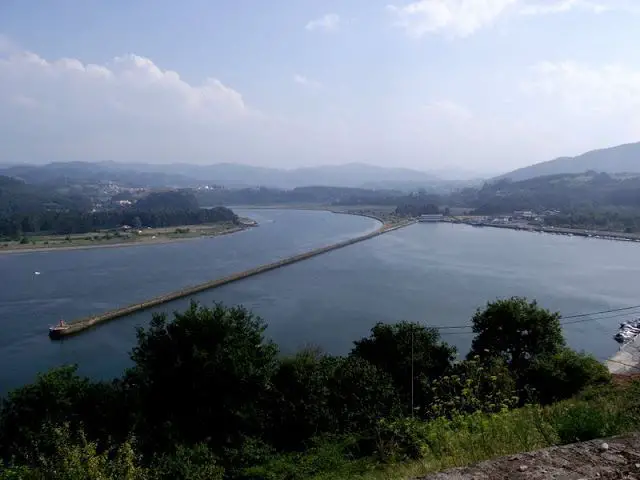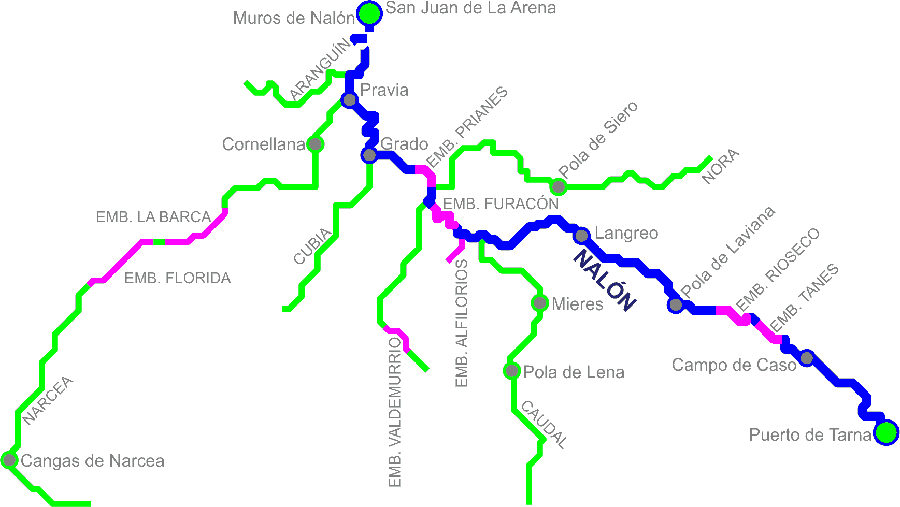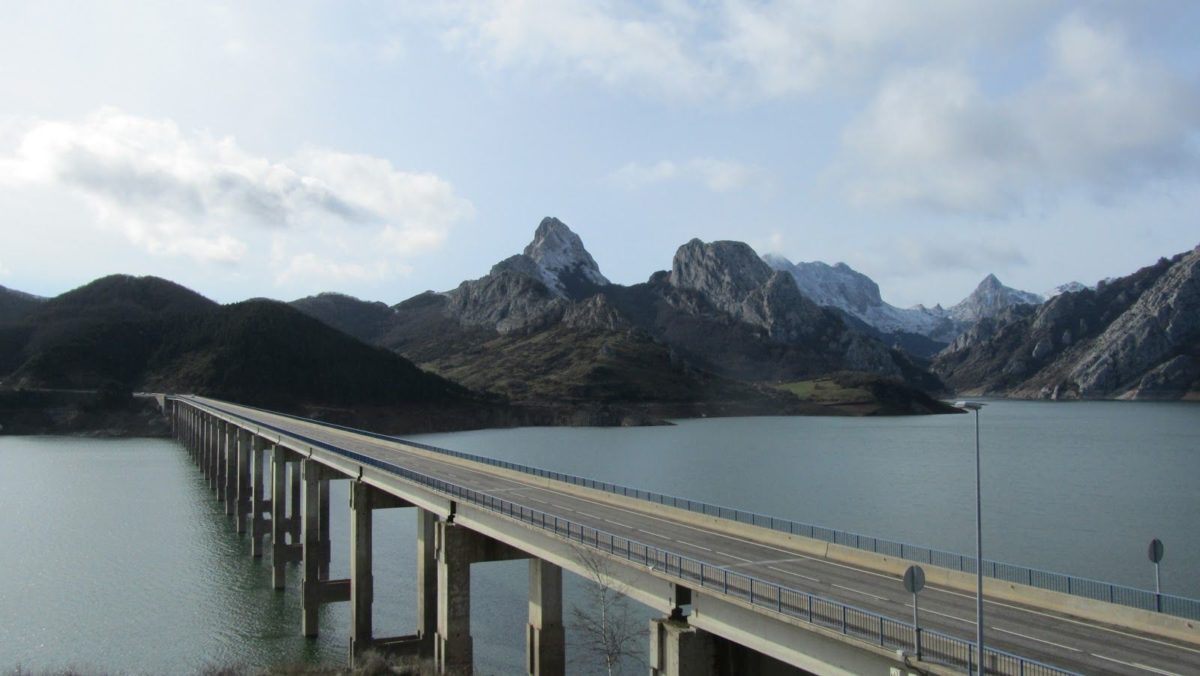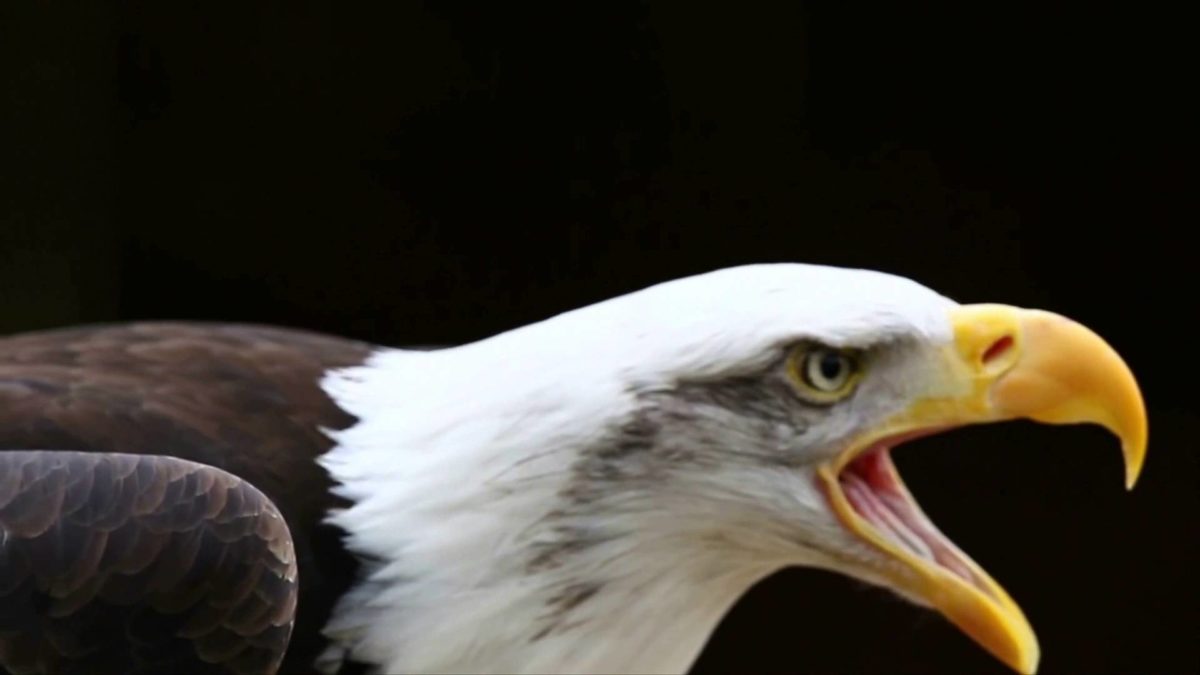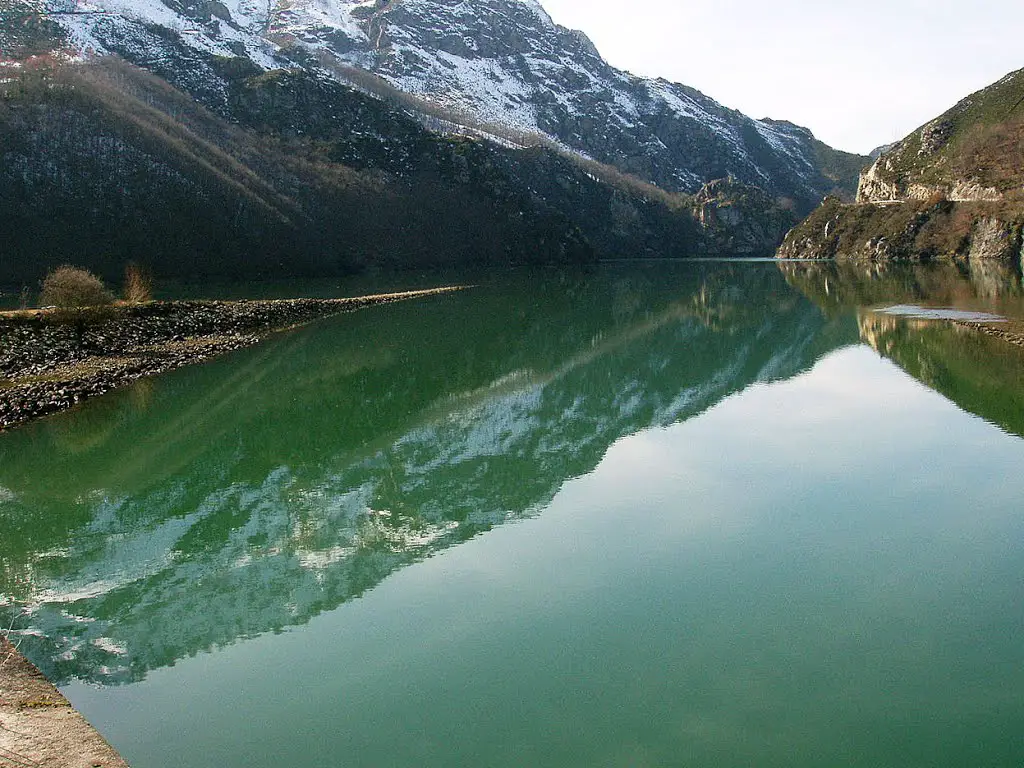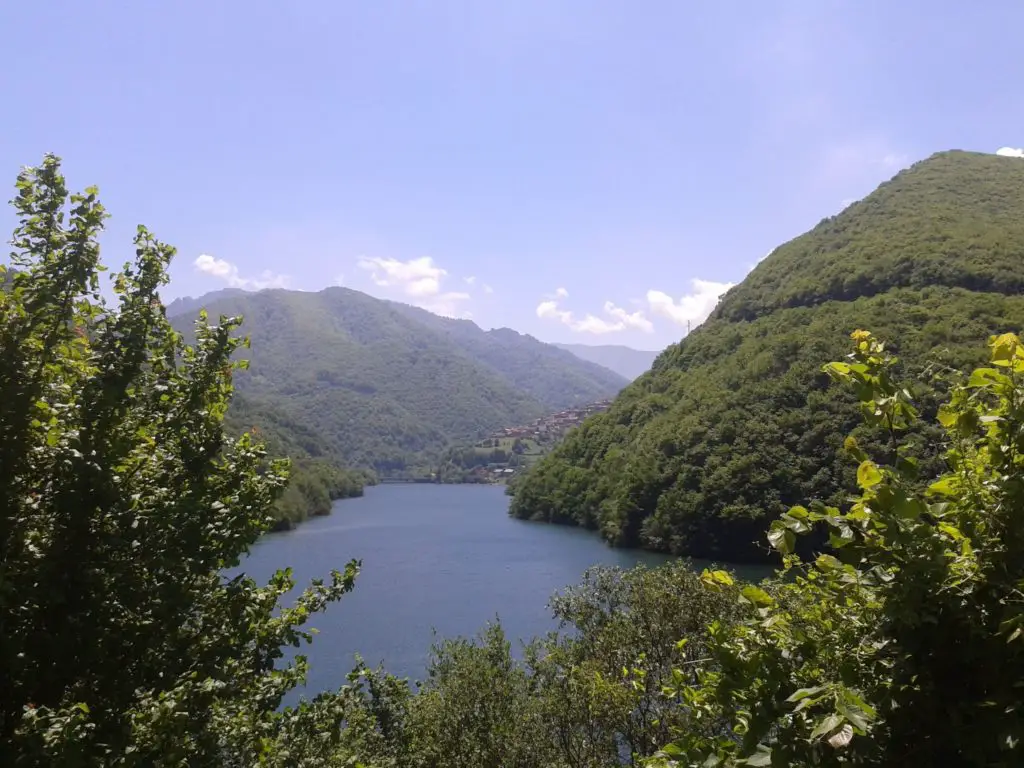The river Nalón is a gift of the Principality of Asturias, in Spain. It is also known as the Pravia estuary, because its mouth is located between San Esteban de Pravia and San Juan de la Arena, and this tributary flows into the Cantabrian Sea.
Indice De Contenido
The course of the river Nalón
The River Nalón rises in Puerto de Tarna, in the Fuente la Nalona, a mountain pass that links León and Asturias at an altitude of 1,690 metres. Its main tributary is the River Narceas. Its basin, 3,692 km long, contains a large number of localities with their own environmental characteristics (see: River Deva).
Localities through which it flows
On its 138-kilometre journey from Tarna through the Nalón valley, where the Asturias mines and the Redes Park are located, it supplies the towns or municipalities (as they are defined in Asturias) of Caso, Barros, Langreo, Río Seco, Tanes, among others.
It continues towards the mouth, crossing others such as Castañedo, Peña Flor, Soto de Ribera in the middle course of the Nalón and Peñaullán, Aces, Ponga, San Esteban de Pravia, where its course ends.
Tarna Pass
This is one of the highest points in the Cantabrian Mountains. The fauna here is seriously threatened, most of the species are in danger of extinction, among them the brown bear, the capercaillie; the most common animals in the area are the deer, the wild boar, the fox, and the most common birds are the griffon vulture, the golden eagle and the partridge (see: River Sil).
Junipers, birches, beeches, oaks, shrubs, ferns, callunas and cardales are part of the flora of this region.
Langreo
City, capital of the district of the same name. Its main river is the Nalón. In the past, its waters were used to wash the coal extracted from the mines, giving it a dark colour. This activity was stopped many years ago.
San Esteban de Pravia
Parish of Muros de Nalón. It is located at the mouth of the river Nalón. It was known for its activity as an industrial port for the transport of coal from the mines. In its port there are moorings for pleasure boats and fishing boats (see: Río Yenisei).
The fauna and flora of the basin
The fauna and flora of this basin is very varied, depending on the geographical characteristics of each of its sections: the Nalon valley, the middle course and the lower course.
Nalon Valley
In general, however, the most outstanding features of the area are the valleys and ravines, the alder, chestnut, beech and poplar trees; there are protected animal species such as the capercaillie and the golden eagle. The aquatic fauna of the area includes piscardos, sparrows, trout and salmon (see: River Obi).
Tributaries
Its most important tributaries are the Narcea, with a length of 100 km, the Caudal, with 61 km, the Aller, with 42 km, and the Lena, with 32 km.
Significance
Since Asturias is a mountainous region, its rivers are generally very short, but also very fast. The Nalón is the most important, draining almost 50% of the surface area of Asturias. The main importance of its basin was the existence of coal mines in its soil, in Langreo and Mieres. This led to efforts to make it navigable so that the coal could be transported to Gijón, but this was never achieved.
The Nalón reservoirs
Rivers are not only a valuable resource for the use of their waters for human, animal and agricultural consumption, but also for the industrial sector.
Rioseco reservoir
The Rioseco and Tanes reservoirs are located in the same area, close to the Tanes power station, which allows them to form a whole and work in an integrated way in the use of water for the generation of electricity, the process being to transfer water from the Tanes to the Rioseco during the day and to recycle it by pumping it back from the Rioseco to the Tanes at night.
El Furacón reservoir
Its main function is to generate electricity. It is located in Asturias, in the municipality of Oviedo. It is 14 metres high and has an area of 19 hectares.
Curiosities
Near the mouth of the river, in the Cueva de la Peña de Candamo, traces of Palaeolithic art were discovered in 1914.
Because the river water was used to wash the coal from the mines, it was common for the water to darken and for fish, such as trout, to return to the river’s sources.
The Tarna has been the venue for the Vuelta Ciclística a España on several occasions.
The largest salmon ever caught in Asturias weighed 16.1 kilos.

